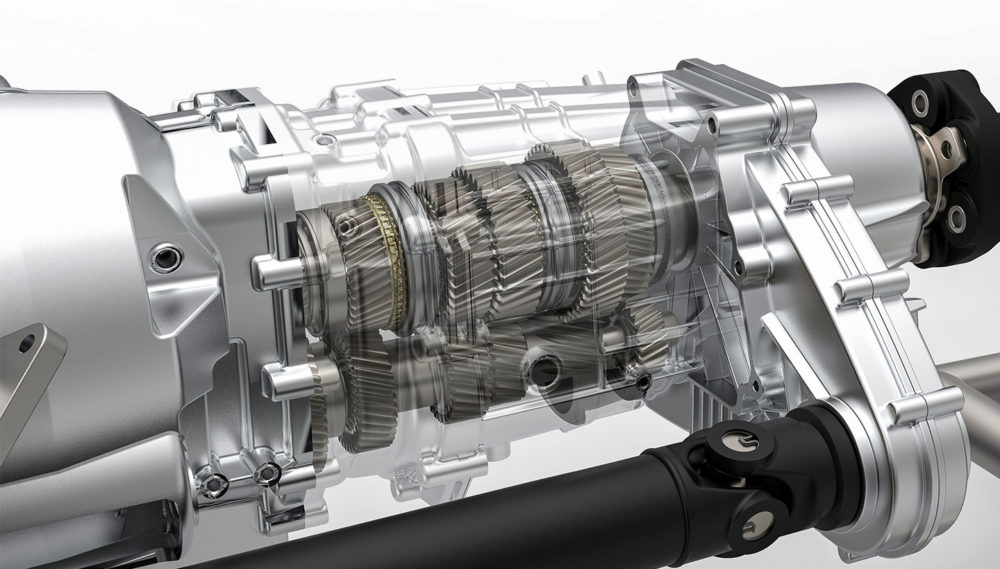Mobile:+86-311-808-126-83
Email:info@ydcastings.com
metal casting sand
Understanding Metal Casting Sand
Metal casting is an essential process in manufacturing, enabling the creation of complex shapes and components for a wide range of industries, from automotive to aerospace. At the heart of this intricate process lies casting sand, a crucial material that significantly influences the quality and integrity of the final product. In this article, we will explore the types, properties, and applications of casting sand, shedding light on its vital role in the metal casting industry.
What is Casting Sand?
Casting sand, often referred to as foundry sand, is a high-quality silica sand that is specifically processed and treated for use in metal casting. Its primary purpose is to create molds for various metal alloys by packing it into a mold pattern, allowing molten metal to be poured in and solidified into the desired shape. The properties of casting sand can directly affect the surface finish, dimensional precision, and overall strength of the cast metal parts.
Types of Casting Sand
There are several types of casting sand used in the industry, each chosen based on the specific requirements of the casting process
1. Silica Sand The most commonly used type of casting sand, silica sand is composed mostly of silicon dioxide (SiO2). Its high melting point, natural availability, and excellent thermal stability make it ideal for the majority of metal casting applications.
2. Clay-Bonded Sand This type of sand incorporates clay as a binder, which enhances the ability of the sand to hold its shape. Clay-bonded sand is favored for its excellent moldability and is often used in traditional sand casting methods.
3. Resin-Bonded Sand In this approach, sand grains are coated with a resin binder, allowing for the production of molds that can hold higher tolerances and deliver better surface finishes. Resin-bonded sand is popular in more advanced casting techniques, including the shell molding process.
4. Experimental Sands Researchers and foundries are continually exploring the use of alternative materials and additives to optimize casting sand properties. This includes the use of thermoplastic polymers, mineral binders, and recycled materials, which can help in reducing environmental impact.
metal casting sand

Properties of Casting Sand
The effectiveness of casting sand is determined by several key properties
- Grain Size The size of the sand grains influences the mold's permeability, strength, and surface finish. A well-graded mixture of fine and coarse sand grains is preferred to achieve optimal performance.
- Moisture Content Proper moisture balance is critical; too much moisture can cause gas defects in the cast metal, while too little may result in poor mold strength.
- Green Strength This refers to the mold's ability to hold its shape when the molten metal is poured in. Higher green strength allows for less physical distortion and minimizes the risk of mold failure.
- Collapsibility After casting, the mold should easily break apart to allow for the safe removal of the cast part. Good collapsibility prevents damage to both mold and product.
Applications of Casting Sand
The versatility of casting sand enables its application across various sectors. In the automotive industry, it is employed to produce engine blocks, transmission housings, and other complex components. In aerospace, casting sand is used to create intricate parts that can withstand extreme conditions, such as turbine blades. Additionally, the construction sector benefits from casting sand for producing pre-cast structures and architectural elements.
Conclusion
Casting sand plays a pivotal role in the metal casting process, providing the necessary material to create high-quality molds for a wide range of applications. By understanding the different types, properties, and uses of casting sand, manufacturers can enhance their casting processes, ensuring that they meet the rigorous demands of modern industry. Ongoing research and innovation in casting sand technology will continue to push the boundaries of what is possible in metal casting, paving the way for more efficient and sustainable manufacturing practices in the future.
-
Impeller Technology That Powers Precision in Pump SystemsNewsMay.22,2025
-
Valve Durability Begins with Quality Cast Iron ComponentsNewsMay.22,2025
-
Performance Cooling with Advanced Automobile Water Pump SolutionsNewsMay.22,2025
-
How Motor Housing and Oil Pans Shape Engine PerformanceNewsMay.22,2025
-
How Metal Castings Drive Modern Manufacturing EfficiencyNewsMay.22,2025
-
Exploring the Engineering Behind Valve Body CastingsNewsMay.22,2025











